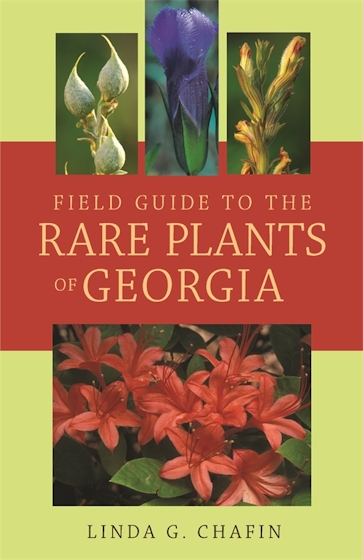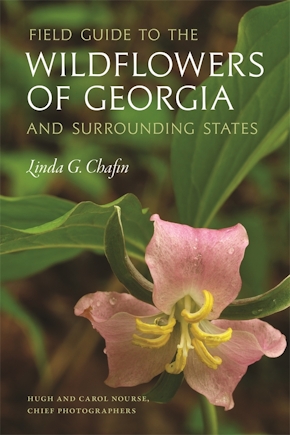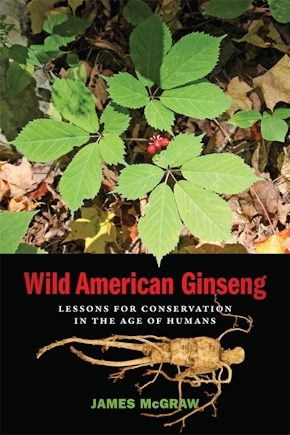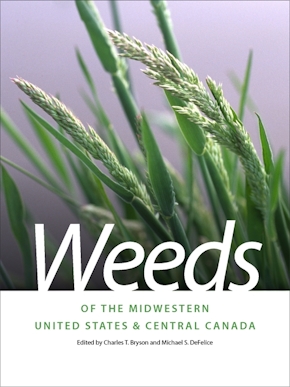Field Guide to the Rare Plants of Georgia
Title Details
Pages: 540
Illustrations: 420 color photos, 200 illus.
Trim size: 5.500in x 8.500in
Formats
Paperback
Pub Date: 05/01/2007
ISBN: 9-780-9779-6210-5
List Price: $41.95
Subsidies and Partnerships
Published in association with Georgia Plant Conservation Alliance
Related Subjects
Field Guide to the Rare Plants of Georgia
Skip to
- Description
- Reviews
Abundantly illustrated with more than 400 color photographs and 200 detailed drawings, this comprehensive guide to the state's rare and endangered plants provides photographs and botanical illustrations in a single volume formatted for field use. More than 200 species are covered, including two dozen that are federally listed and 170-plus that are listed as Threatened, Endangered, Rare, or of Special Concern by the Georgia Department of Natural Resources.
The guide is designed for easy, nontechnical identification of species in the field. Color photographs show the plants in their natural surroundings, and drawings emphasize the most distinctive parts of the plants. Packed with information about the plants as well as their habitats and management, the guide facilitates the quick recognition of rare species, encourages awareness of their distribution and ecological significance, and provides guidelines for ensuring their survival.
Additional features include directions for using the guide, a map of Georgia's counties, descriptions of the natural communities of Georgia, references for further reading, a glossary of frequently used terms, and indexes of scientific and common plant names. The guide also includes a chapter by Jennifer Ceska and University of Georgia horticulture professor James Affolter, founding members of the Georgia Plant Conservation Alliance, on horticultural requirements of rare species and the role of GPCA in their protection.
This is a valuable resource for students, wildflower enthusiasts, botanists, land managers, and environmental decision makers.
Each species account includes: one or more full-color photographs Georgia distribution map line drawing emphasizing such key field identification characters as leaf, stem, flower, and fruit scientific and common names legal and wetland status brief nontechnical description emphasizing key field identification characters flowering, fruiting, or sporulation period description of species habitat information on best survey season range-wide distribution Georgia conservation status management guidelines information on similar species and related rare species list of references
The long awaited arrival of Linda Chafin's book the Field Guide to the Rare Plants of Georgia, has finally come. . . . This book is different . . . this book fills a void which has needed filling for a long time in Georgia. . . . This book comes very highly recommended for anyone interested in learning more about Georgia's plants. It is a very valuable resource for botanists, wildflower enthusiasts, teachers, students, land managers, and environmental policy makers.
—Tipularia: The Journal of the Georgia Botanical Society
Each plant is well illustrated with one or more color photographs, as well as detailed botanical illustrations that clearly emphasize distinguishing characteristics.
—Mary Tucker, NativeSCAPE



